Coffee Infographic: Everything You Need To Know About Coffee
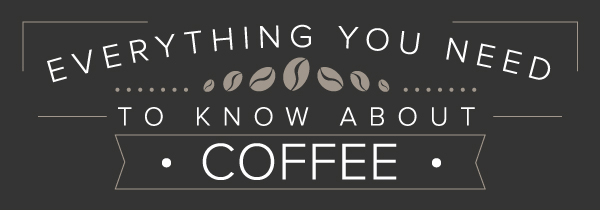
For millions of people, coffee is an essential morning tradition that fuels the start of their day—and most of the time, you probably don’t even think about it. But behind every sip of coffee, there’s a fascinating story that begins in the country where it was grown and ends with the choice of cup that carries it to your lips.
The graphics below provide an array of helpful factoids about coffee—where it comes from, how people make and consume it, and things to consider when choosing the type of coffee cup that’s best for you or your business. Be sure to share the full infographic at the bottom of this page.
Coffee Consumption Facts & Statistics
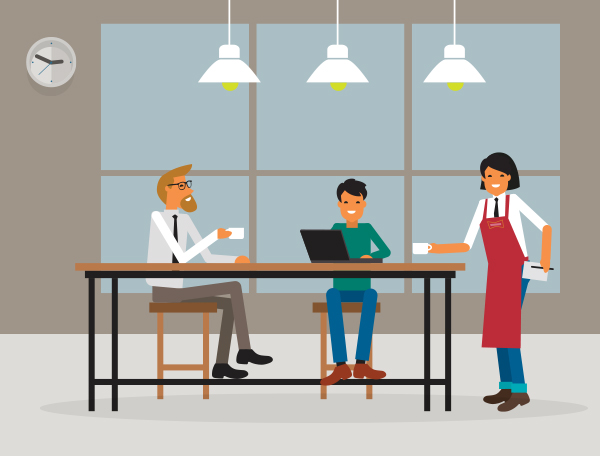
Do you ever think about how much coffee you drink, and how that consumption affects your health? Here are some interesting and fun facts, trends and industry statistics you should know.
- People spend approximately $40 billion on coffee annually.
- Coffee lowers the risk of Type II diabetes and liver disease.
- A person’s coffee consumption increases by 25% when they reach their 20s.
- People aged 60+ drink the most coffee. 68% of them are daily consumers.
- 37% of children aged 13-18 drink coffee.
- 54% of people drink coffee daily.
Different Types of Coffee Beans
All commercial coffee comes from two main types of coffee beans: robusta and arabica. Each type has its own unique qualities, though the exact flavor depends on how it is roasted.

Arabica
- Fine, mild, aromatic
- 50% to 60% less caffeine
- Expensive to cultivate
- Approximately 70% of world’s coffee production
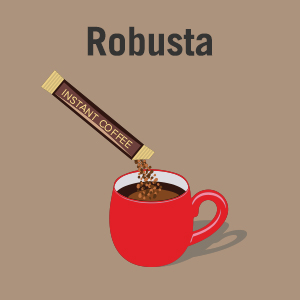
Robusta
- Used in blends, instant coffee
- 50% to 60% more caffeine
- Easier, cheaper to cultivate
- Approximately 30% of world’s coffee production
Where Do Coffee Beans Come From?
Ethiopia is the origin of both arabica and robusta beans, but they each now grow in a variety of different countries across the world map, especially in Latin America, Central America, Africa and parts of Asia. Arabica beans are primarily grown in Brazil but can also be found in countries like Colombia, Honduras and Mexico. Robusta also grows in Brazil but is even more common in Vietnam; other robusta coffee growing regions include Indonesia, India, and Uganda.
Check out the map below for a more visual explanation of where coffee beans are grown. You can also visit IndexMundi for detailed statistics related to coffee production.
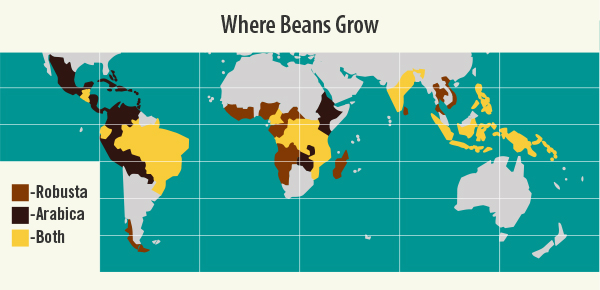
How Different Types of Coffee Are Made
When you look at their core components, not all cups of coffee are created equal. Different kinds of coffee are referred to by very different names depending on what other ingredients are included. We’ve explained each of them in more detail below.
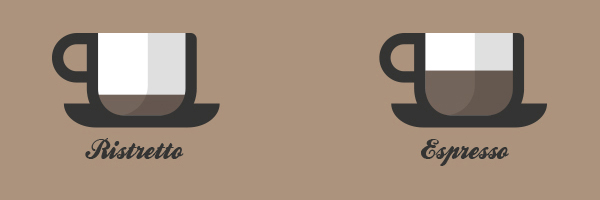
Ristretto – A short shot of espresso.
Espresso – Strong, thick black coffee.
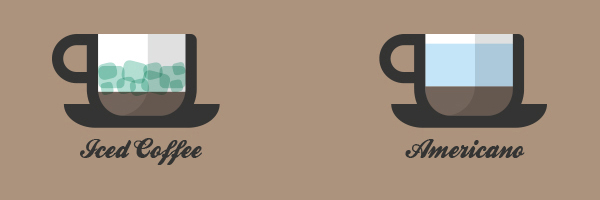
Iced Coffee – Just what it sounds like; coffee that’s been chilled with ice cubes.
Americano – Espresso diluted with hot water.
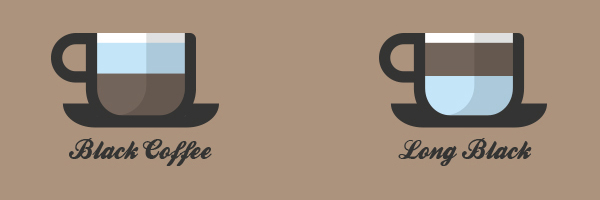
Black Coffee – Coffee with water only (no milk or sugar).
Long Black – Espresso poured over hot water.
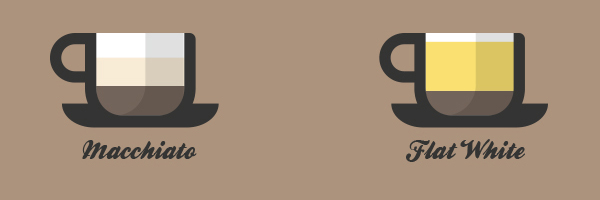
Macchiato – Espresso with milk foam.
Flat White – Espresso with steamed milk only.
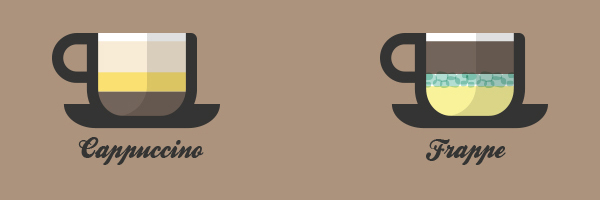
Cappuccino – Espresso with steamed milk and foam.
Frappe – Coffee mixed with milk and crushed ice.
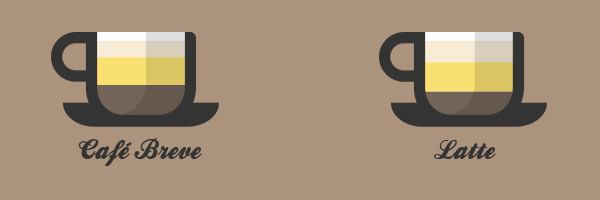
Cafe Breve – Similar to cappuccino; may use half-and-half instead of milk.
Latte – Similar to cappuccino, but with a greater proportion of milk.
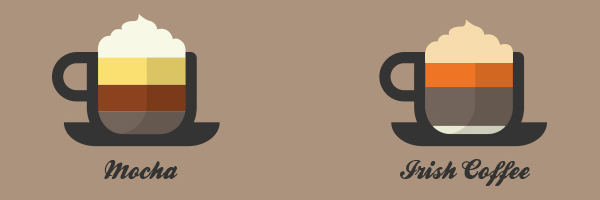
Mocha – Espresso with chocolate syrup, steamed milk and whipped cream.
Irish Coffee – Coffee with sugar, Irish whiskey and heavy cream.
Weird Coffee Flavors
Depending on where you go, coffee can come in some very unusual flavors. Here are some of our favorite unique coffee blends (along with where you can find them).
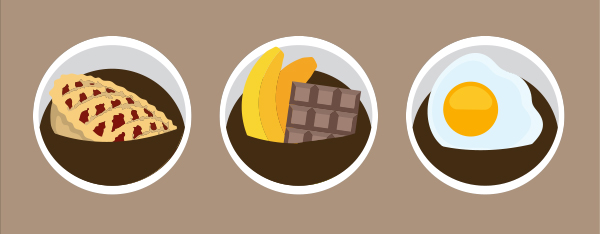
- Apple Pie (Dunkin’ Donuts)
- Chocolate Banana (Unique Coffee Roasters)
- Egg Coffee (Vietnam)
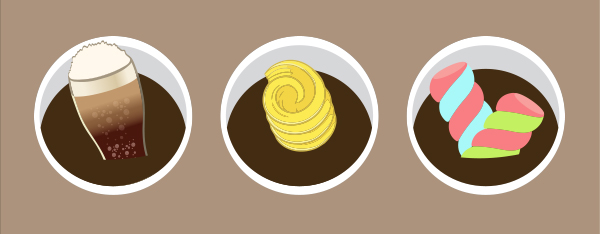
- Guinness Draft (Starbucks)
- Yak Butter Tea (Tibet)
- Toasted Marshmallow Latte (Big Shoulders Coffee)
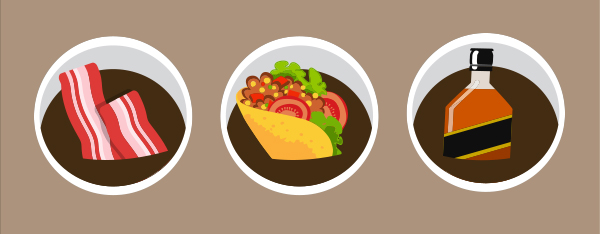
- Maple Bacon (Boca Java)
- Spicy Taco (CoffeeAM)
- Moonshine (Whiskey Barrel Coffee)
Most Expensive Coffee Beans Per Pound
Certain varieties of coffee are extremely pricey. Kopi Luwak is especially expensive because of its unusual production process: ripe coffee beans are fed to a cat-like mammal called a palm civet. The civet digests the beans, giving it a unique flavor, and their feces is processed into coffee. Sounds gross, but the end result is the most expensive coffee in the world.
Hacienda La Esmeralda is renowned for its high-caliber fruity flavor, having scored 94.1 out of 100 points in the quality test at a Best of Panama Competition in 2017. Ospina’s high price, on the other hand, comes from the extensive and prestigious history of the family that grows it, along with the fact that its beans only grow in volcanic ash, creating a unique, nutty taste.
Here are the most expensive types of coffee in the world, ranked by price per pound.
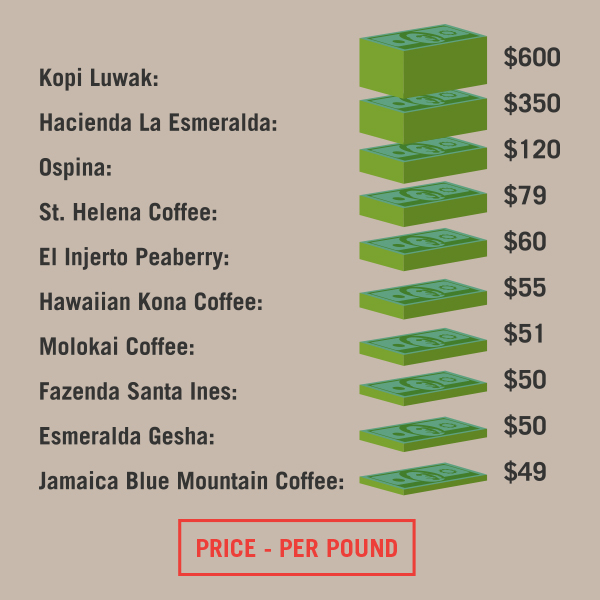
Best Coffee Mugs & Cups
The best coffee cup material is hard to pin down, because a high-quality cup often has to do more than just keep coffee hot. Each type (both disposable and reusable) has its own pros and cons—especially when it comes to the environment. Whether it’s for personal use or a business event, make sure you understand the consequences before buying a certain type of coffee cup.
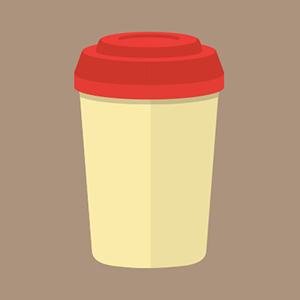
Paper Coffee Cup
- Impossible to recycle
- Leaches trace amounts of chemicals
- Produced by cutting down 20 million trees
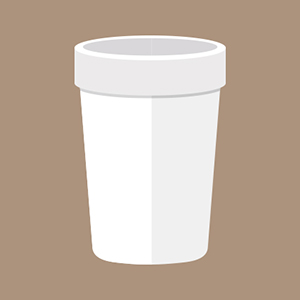
Styrofoam Coffee Cup
- Considered carcinogenic
- Made of non-renewable petroleum
- Takes 500 years to break down in a landfill
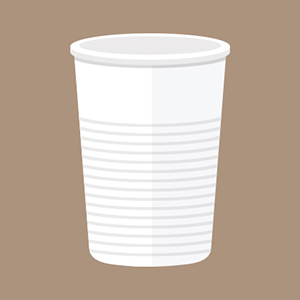
Plastic Coffee Cup
- Not insulated; won’t hold hot beverages
- Can leach chemicals into your drink
- Rejected by most recycling programs
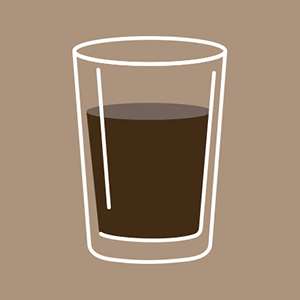
Glass Coffee Cup
- Recyclable and eco-friendly
- No plastic after taste
- Not good for hot beverages
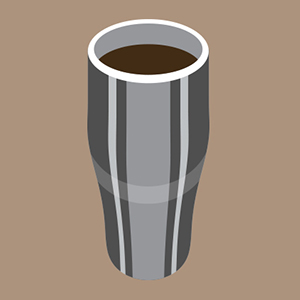
Double-Walled Metal Coffee Cup
- Keeps coffee hot
- Prevents burns from hot beverages
- Can have a metallic taste
- Can be used with lid for travel
- Available in many styles, with or without handle

Porcelain Coffee Mug (Demitasse)
- Keeps coffee warm
- No impact on beverage flavor
- Delicate and easily broken

Ceramic Coffee Mug (Demitasse)
- Keeps coffee warm
- Popular for daily use
- Typically less expensive than porcelain

Traditional Coffee Mug
- Widely available at low prices
- 2-3 times larger than a demitasse
- Comes in porcelain, ceramic, or earthenware

Custom Coffee Mug
- Printed with your company logo or other design
- Markets your brand with an item people will use daily
- Can be made from any material
Free Coffee Infographic
As we’ve explained here, coffee is practically a ubiquitous part of our culture, but very few of us truly comprehend how complex a product it is. When you’re serving coffee or distributing promotional products as part of your business, choosing the right coffee cup is especially important.
To spread the word about coffee, share or embed the full infographic below.

Works Cited
Gallup – Americans’ Coffee Consumption Is Steady, Few Want to Cut Back
The Washington Post – Look how much coffee millennials are drinking
Time – The 8 Craziest Coffee Drinks You Can Buy Now
Harvard T.H. Chan School of Public Health – Caffeine Comparisons
Daily Coffee News – 2017 US Coffee Drinking Trends Include More Gourmet, More Youth
Huffington Post – 38 Types Of Coffee Drinks, Explained
AskMen – 6 Popular Types Of Coffee
Starbucks – Starbucks Weaves its Magic with New Color and Flavor Changing Unicorn Frappuccino
Greatist – A Visual Guide to Coffee Drinks, So You Always Know What to Order
Go Coffee Go – Espresso Coffee Drinks
Artisan Coffee and Food Marketing – What’s The Difference Between Mocha, Latte, Frappe, Espresso, And Cappuccino Coffees?
FinancesOnline – Top 10 Most Expensive Coffee In The World
HomeGrounds – 11 of the Most Expensive Coffee Beans
Coffee Makers USA – Bizarre and Strange Coffees
HiConsumption – Experimental Brews: 15 Coffees You’ve Never Heard of
My Demitasse – Coffee Cup Materials
Final Thoughts
For more information, be sure to visit the National Coffee Association.
What’s your favorite type of coffee? Do you have any branded coffee cup designs to share? Let us know in the comments!
Posted in Marketing, Promotional Marketing
Don`t neglect your friends, share this right away.

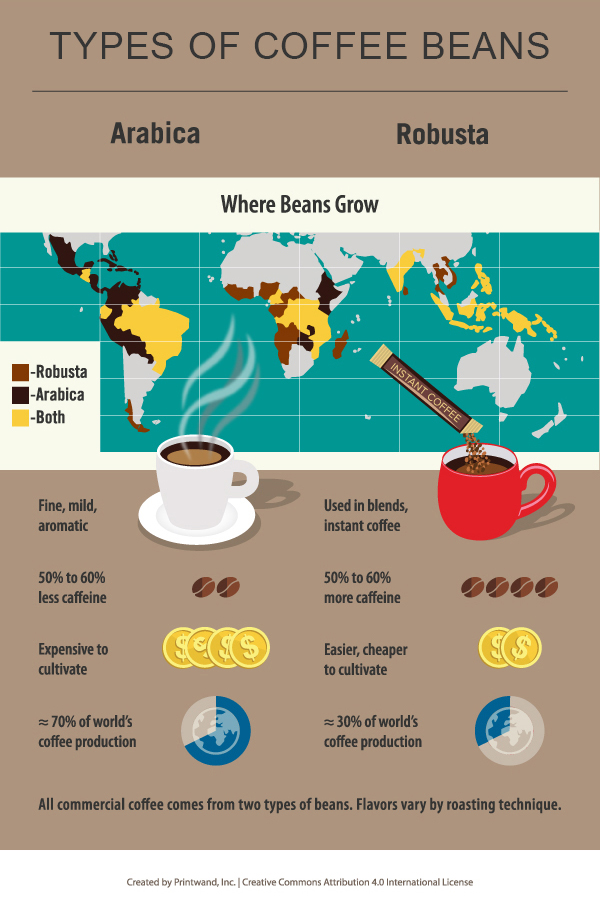


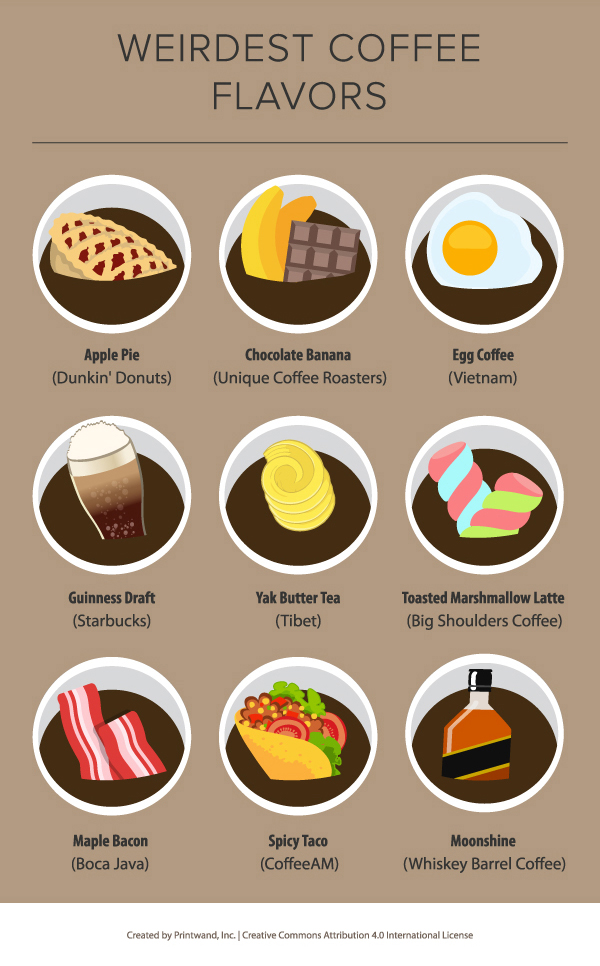


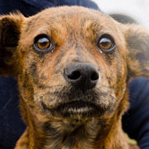

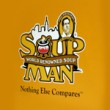
Leave a Reply